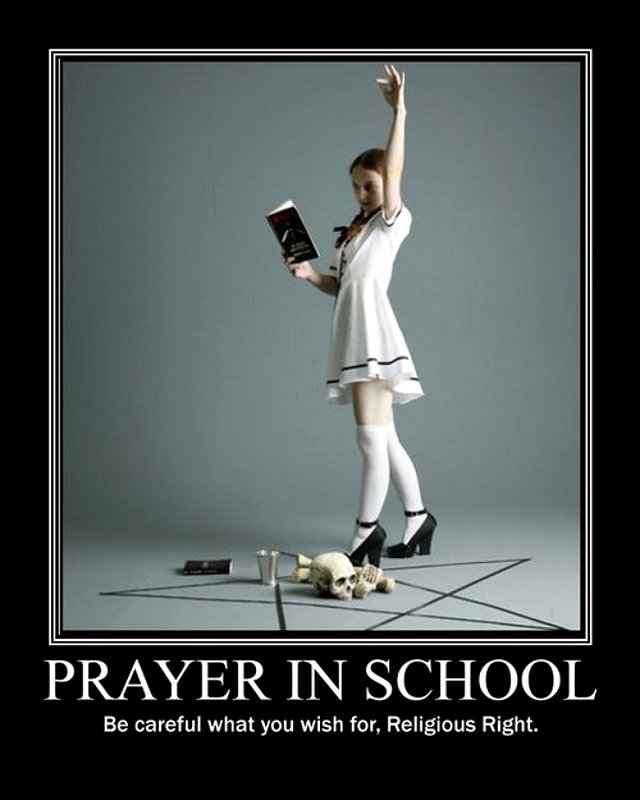Oh boy.
I'll start with what I like, there is an absolutely gorgeous statue/candle holder of Brigid, accompanied by a fancy triskelle and items associated with her areas of typical influence. There is also an interesting Lugh statue which I have seen some folks actually make use of on their shrines or altars. But that's it.
So the bad, and trying to pick somewhere to start is tricky, because there is just so much that is utterly wrong and utterly ignorant of even the basics of "Celtic" myth. Okay so there is an overly "sexified" statue of just about every one of the goddesses (except, perhaps, for Medb and of course the Sheela-Na-Gig). But "sexy" Brigid is a tad unsettling for my taste.
There is the issue of why some of these statues are included at all; certainly the Sheela-Na-Gig is debatable as a pre-Christian figure, let alone a deity. Mebd is included, and while there is good reason to associate her with a possible goddess of the same name, well the folks writing the descriptions just aren't that bright. So, yes, lets look at the "wild wisdom god" and "green-man of Death/Rebirth". So the later really galls me, because as a devotee of the actual Gaelic god of the dead, it pisses me off that some nuage/neopagan fantasy is being credited with the job. It is the Wiccan "Greenman" who is equated with Pan and Silenus, so what this has to do with anything even remotely "Celtic" is an absolute mystery. I find it odd that they left out deities which could easily fit the kind of "god roles" these twits promote, and would be known by people on "Celtic" paths; gods like An Dagda or Angus Og.
At first they got my dander up, but after reading the fifth or so, tragedy had become comedy. They betray such an abundant amount of ignorance about all things "Celtic", but especially the mythology, that one can't help but chuckle at them. My favourite by far is one for an now out of stock An Morrigan statue:
Morrigan is the Celtic Goddess of Destruction/Creation. This image depicts the Irish triple goddess: Ana, the fertility maiden; Badb ("brave"), the boiling mother cauldron, producer of life; and Macha, the death-crone symbolized by the carrion-devouring raven.First and foremost, why is Ana (did they mean Anu) included as an epithet for An Morrigan? Were the available goddess who were already associated too much of a stretch to put into a "fertility role"? Which then makes no sense whatsoever, because they associate the mother figure with fertility too; except that the mother figure is Babd. BABD, the skald-crow, is not the "death crone", cause that would actually make some kind of sense, mythologically. Nope, Macha, a mythological figure who is known for giving birth after running a race, while pregnant, is the bloody "death crone". But it gets worse.
Oral tradition says the Celtic dying god Cu Chulainn was met by the beautiful chariot-mounted goddess with red eyes and cloak. She cursed him to death that his blood might fertilize the earth, then transformed herself into Badb Catha, the Raven of Battle who induces panic in warriors. Morrigan evolved into Morgana Le Fay, sorceress of Arthurian legend.
[Derived from an Epona plaque.]
CUCHULAIN IS A DYING GOD!?! I realise he dies, and he does so spectacularly, but equating him with being a "dying god" is almost as bad as having him be a god of peace. Apparently though, his awe-inspiring final moments are wholly ignored, and instead he is "cursed to death" as some sort of fertility ritual? This is just sheer laziness, the Ulster cycle is probably the most well known and easiest to find material in Irish myth, and they couldn't even do that right.
The other product descriptions are just as misinformed/ plain fantasy, and they reek of the worst sort of neopagan veneer; but then again those are just the kind of misinformed individuals who would frequent such a website. What blows me away, however, is that the product descriptions statues/images from other cultures, are actually well informed. Almost all of the descriptions for the "Norse" goods, are adequate (if again overly laden with fertility symbolism), and even good when compared to the "Celtic" stuff. Is this perhaps indicative of a more discerning customer base for Norse goods, or maybe a better read description writer? I'd probably say neither, but that Norse myths are a little more cut and dry, and available, than the Celtic. Also the northern folk do not seem to get lumped in with the MMC/fertility god motif anywhere near the extent that Celtic mythical figures do. I suppose that considering how influential the VVictorian view of the Celts were on both Wicca and Wicca derived neoPaganism, this isn`t surprising. Irritating, laughable, but not surprising.
I mentioned earlier that two of the statues are decent enough, but I think as much as I am enamored with the Brigid statue, I could not in good conscience actually buy something from such cretins.



